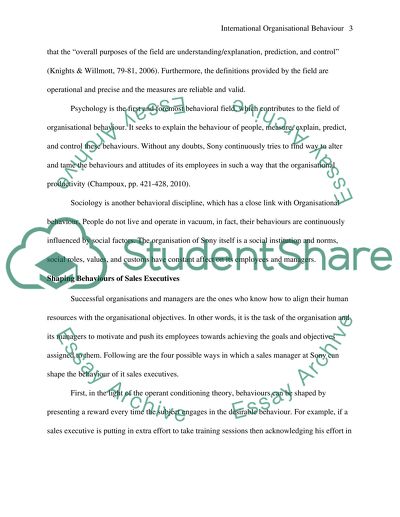Cite this document
(“International Organisational Behaviour Essay Example | Topics and Well Written Essays - 3000 words”, n.d.)
Retrieved from https://studentshare.org/environmental-studies/1410710-international-organisational-behaviour
Retrieved from https://studentshare.org/environmental-studies/1410710-international-organisational-behaviour
(International Organisational Behaviour Essay Example | Topics and Well Written Essays - 3000 Words)
https://studentshare.org/environmental-studies/1410710-international-organisational-behaviour.
https://studentshare.org/environmental-studies/1410710-international-organisational-behaviour.
“International Organisational Behaviour Essay Example | Topics and Well Written Essays - 3000 Words”, n.d. https://studentshare.org/environmental-studies/1410710-international-organisational-behaviour.


